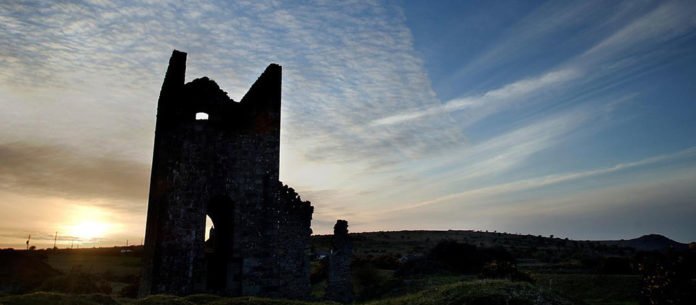The geology of Great Britain is renowned for its diversity. It was believed that England, Wales, and Scotland were created by the merger of Avalonia and Laurentia more than 400 million years ago. But according to a new study, the British mainland was formed from the collision of not two but three ancient continental land masses.
The study by the University of Plymouth suggests that a third land mass – Armorica – was also involved in the process. The study follows an extensive study of mineral properties at exposed rock features across Devon and Cornwall.
The study uncovers an unmistakable limit running over the two countries, with regions north of it offering their geological roots with the of England and Wales yet everything south being geographically connected to France and mainland Europe.
In addition to other things, researchers trust the exploration clarifies the wealth of tin and tungsten in the far southwest of England – metals also found in Brittany and other zones of mainland Europe, however not all that clear in the rest of the UK.
Scientists visited 22 sites in Devon and Cornwall that were left exposed following geological events, such as underground volcanic eruptions. These took place around 300 million years ago and brought magma from depths of 100 km to the Earth’s surface.
They took rock samples from each site, subjecting them to detailed chemical analysis in the lab using X-ray fluorescence (XRF) spectrometry.
The samples were also then dissolved in acid in order to conduct a more intensive isotopic analysis, with scientists examining the levels of two elements – strontium and neodymium – to understand the full history of the rocks.
These discoveries were then contrasted and past examinations somewhere else in the UK and terrain Europe, with the outcomes demonstrating the unmistakable limit running from the Exe estuary in the East to Camelford in the west.
Lecturer in Igneous Petrology Dr. Arjan Dijkstra, said, “This is a completely new way of thinking about how Britain was formed. It has always been presumed that the border of Avalonia and Armorica was beneath what would seem to be the natural boundary of the English Channel. But our findings suggest that although there is no physical line on the surface, there is a clear geological boundary which separates Cornwall and south Devon from the rest of the UK.”
“We always knew that around 10,000 years ago you would have been able to walk from England to France. But our findings show that millions of years before that, the bonds between the two countries would have been even stronger. It explains the immense mineral wealth of South West England, which had previously been something of a mystery, and provides a fascinating new insight into the geological history of the UK.”
The study is published in the journal Nature Communications.
